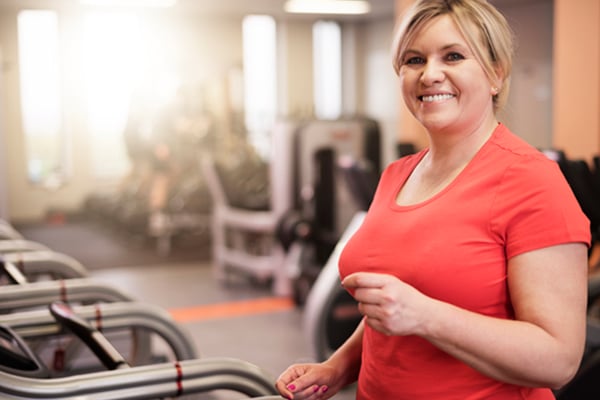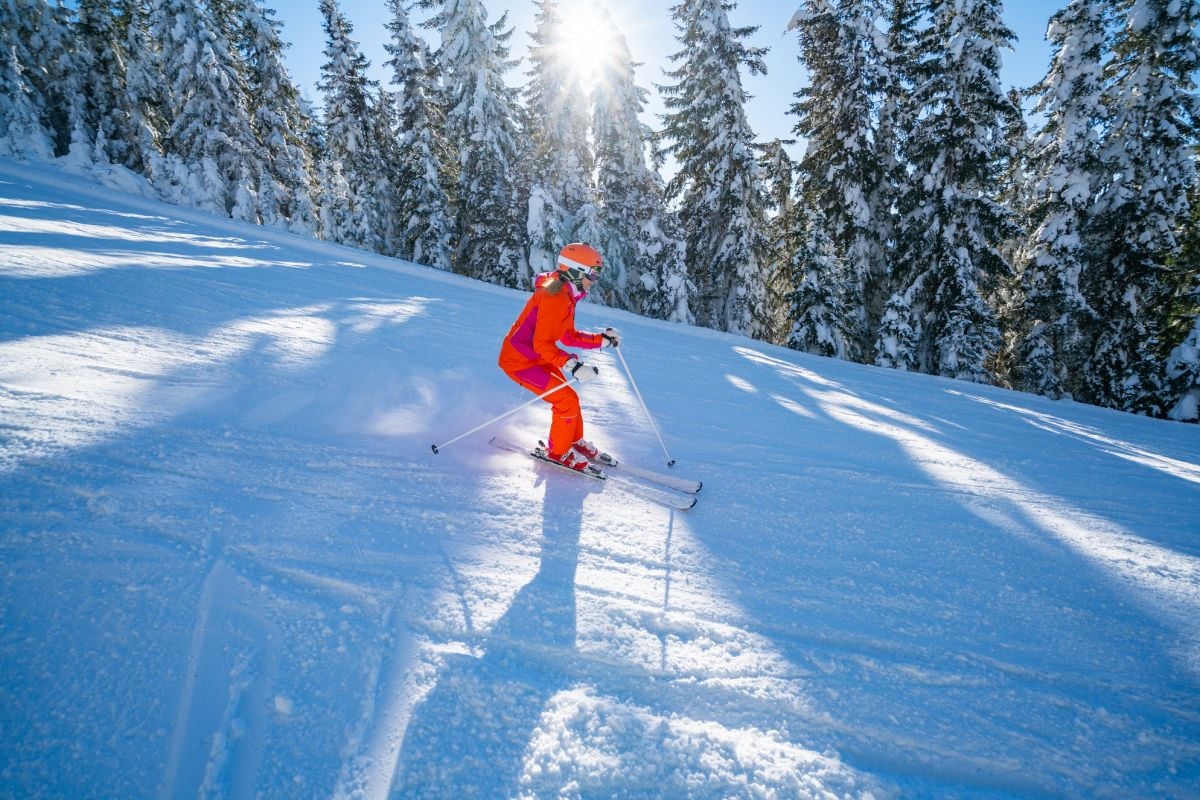
How to get ready for ski season
If you love skiing or snowboarding, you’re probably ecstatic to see snow show up in the weather forecast. Snow sports are a great way to stay fit during the winter months, stave off the seasonal blues and enjoy the great outdoors. However, like any sport, skiing and snowboarding come with a risk of injury. Here are five simple tips to help reduce your risk of injury and keep you on the slopes all winter.
Make sure everything is tuned up
As you are tuning your equipment and repairing any dings and dents it may have received last season, consider “tuning up” your body as well. Are you still battling nagging injuries from golf season or climbing season? A physiotherapist can assess your condition, diagnose any problems and develop for you an exercise or rehabilitation program that can allow you to meet your goals. If nagging injuries are holding you back, make sure to schedule an appointment.
Have a solid base
Just as your ski or board should start the season with a solid base, your body should also have a solid base level of fitness. Prior to ski season, add to your routine a cardiovascular activity, such as walking, running, cycling or cross-country skiing, that you perform 3-5 days per week. Group fitness classes are another way to get your heart pumping!
Don’t skip leg day
Exercises that use your leg muscles, such as going for a long run, can cause a burning sensation, though this sensation doesn’t always mean the muscle is injured. Moreover, strengthening your quads and gluteal muscles using squats and squat variations can help limit the fatigue you may feel after your first day on the slopes.
Examples of exercises you can do include squats with or without weights, wall sits, walking lunges and monster walks. Aim for a lot of repetitions without a lot of added load, but make sure that you are increasing your workload gradually. Adding too many repetitions or too much weight too fast can have the opposite effect of what you are looking to accomplish!
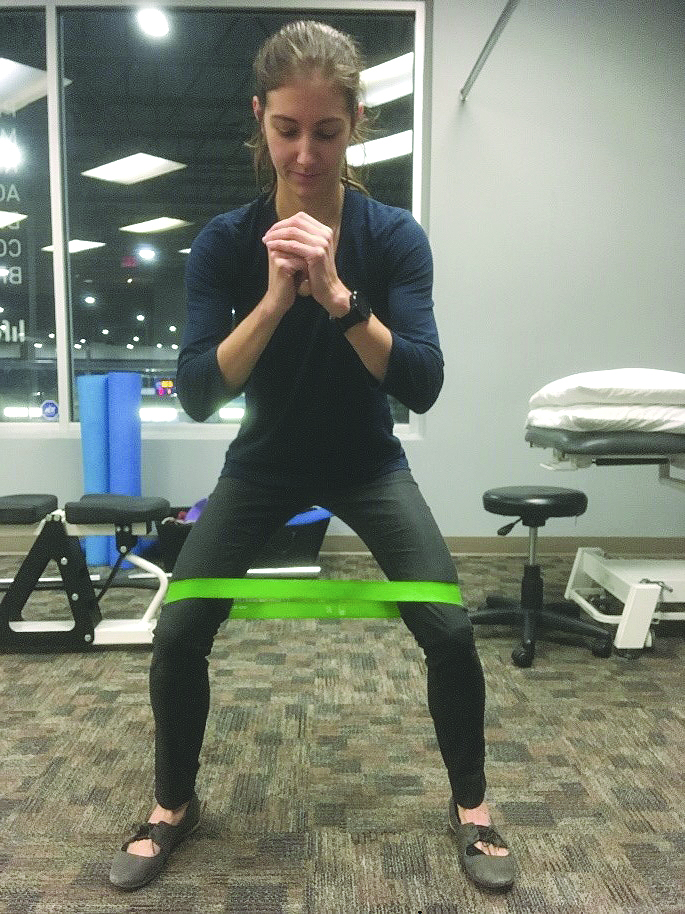
Prepped for monster- and crab-walks
Rock hard abs
People tend to think about strengthening their core for summer weather, but it’s just as important to be strong in the back and core in the winter, even if we hide our body with layers of clothes. Body weight exercises that can be helpful include planks, side planks and bird-dog variations. Some core exercises can irritate an existing back injury, so make sure to see a physiotherapist prior to starting a new exercise program to make sure it’s safe for you.
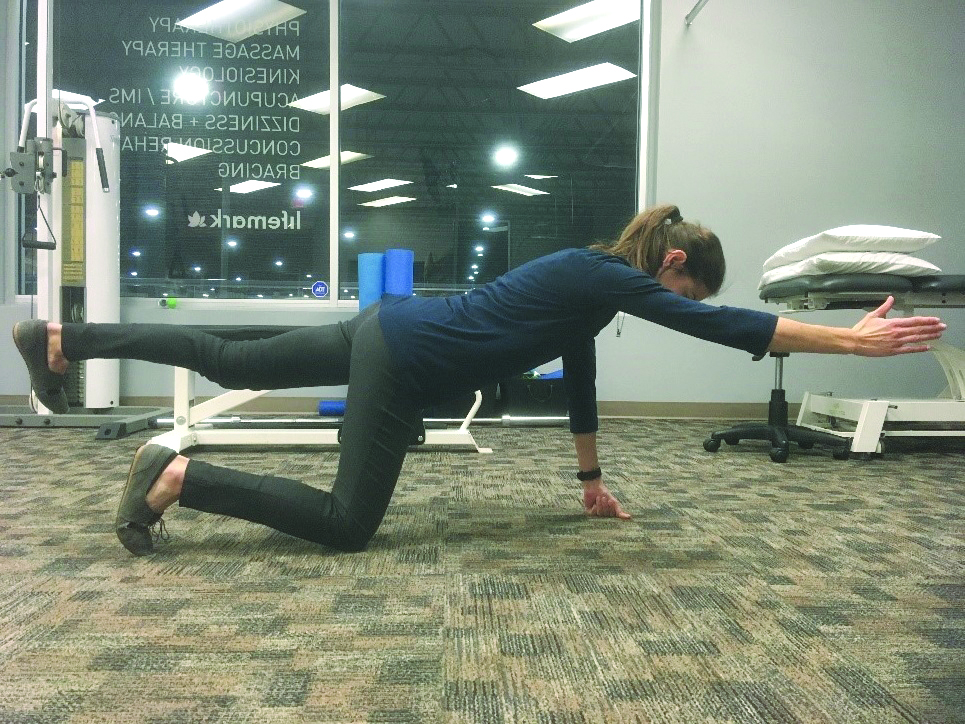
Basic bird-dog exercise
Become arm-strong
Tumbles, brushes with branches and using the T-bar all require a strong shoulder in order to avoid getting hurt. Banded exercises for the rotator cuff are easy to do almost anywhere!
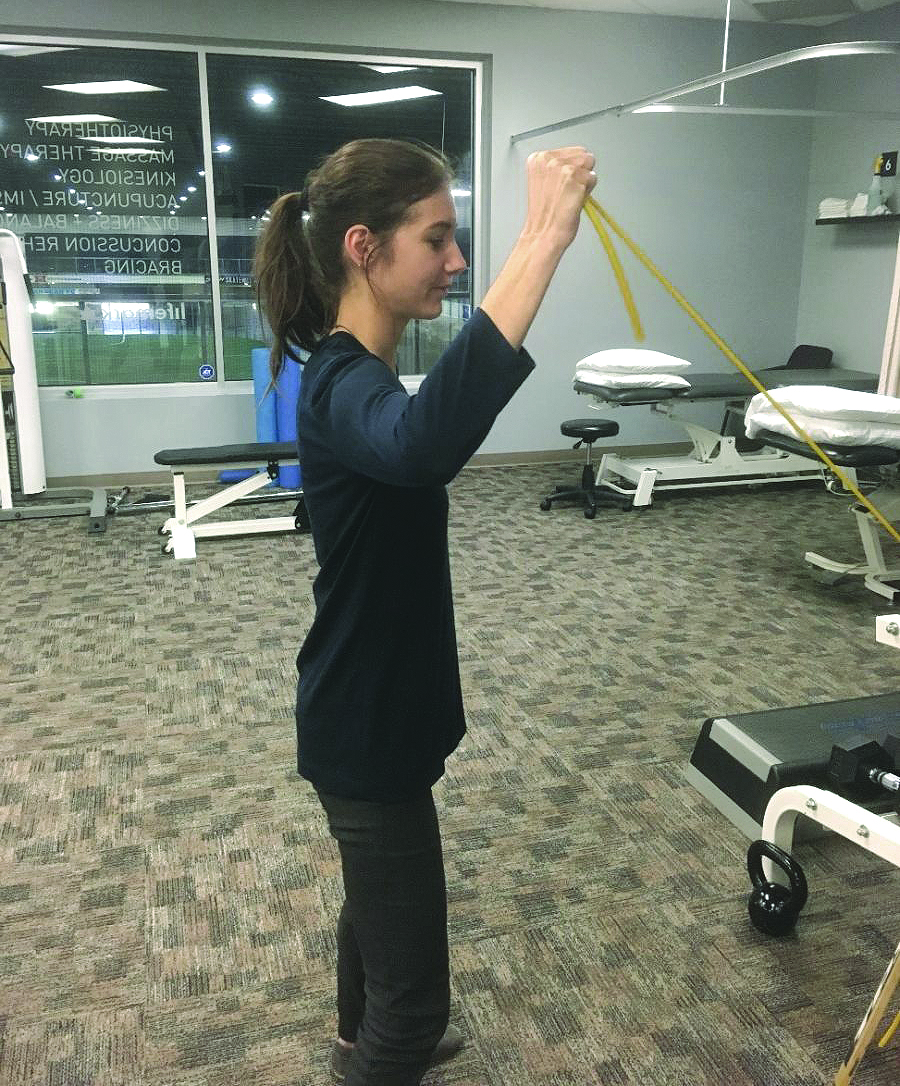
Banded external rotation
That’s it. Have a fun and safe ski season! If you’d like to schedule an appointment with a Lifemark clinician, check our Locations page to find a clinic near you or book online to schedule an appointment.



